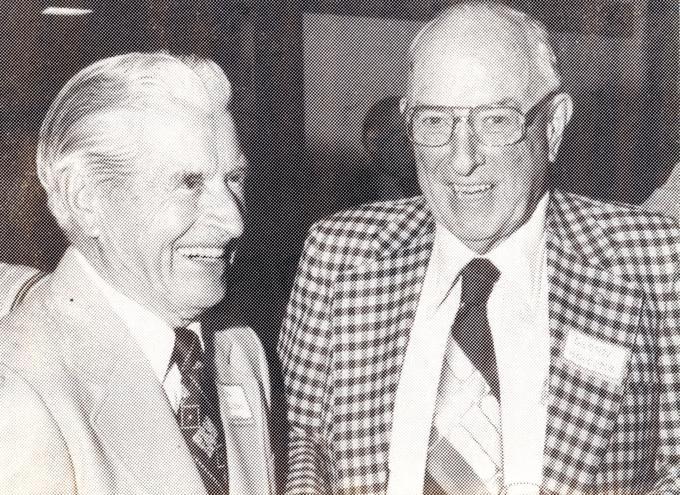OpenSees Cloud
OpenSees AMI
Glenn Holcomb, The Prof.
Original Post - 12 Oct 2020 - Michael H. Scott
Show your support at Buy Me a Coffee.
The Glenn Willis Holcomb Professorship in Structural Engineering was established at Oregon State University (OSU) in 2011 through a gift from the estate of Col. Roy C. Edgerton. While Col. Edgerton had an impressive civil engineering career, this post will focus on “The Prof.”
Glenn Holcomb joined the faculty at OSU in 1920 (when OSU was known as Oregon Agricultural College) after completing his B.S. at the University of Michigan in 1919. After more than a decade as a faculty member, Holcomb earned his M.S. at OSU in 1931. He retired from OSU in 1965 after serving as head of civil engineering.
Such a career path through academia is unheard-of today.
Nevertheless, “The Prof.” had an outstanding career. You can read about his accomplishments and service to the profession, and the Corvallis community, in this donor story from the OSU Foundation as well as this summary from his posthumous induction into the OSU Engineering Hall of Fame.
Although Holcomb’s career preceded the digital age, quite a bit of information has been archived on the internet. I’ve gathered a few of those items in this post.
Holcomb served as national president of ASCE for the 1960-1961 term. In this brochure, you’ll see Holcomb listed as a judge for the 1960 edition of AISC’s Prize Bridges competition.
At the 1962 ACI Fall Convention held in Seattle, Holcomb chaired a session on Water Holding Structures. As a sign of the times, take a look at page 10 of the conference booklet for the Ladies Program.
In addition to professional service, Holcomb was involved in the OSU athletics program. He was the OSU Faculty Athletic Representative as noted on page 3 of the 1960 Beaver football booklet. Holcomb also served on the Intercollegiate Athletic Board and with the National Collegiate Athletic Association (NCAA).

As if chairing a department, leading a national professional society, and shaping college athletics wasn’t enough, Holcomb was also a member of the Corvallis city council. This 1959 report, which is a fascinating read on population trends in Corvallis, lists Holcomb as one of the city council members.
While The Prof.’s academic career path is inconceivable today, what’s just as inconceivable is the range of professional and service activities he was willing and able to take on.